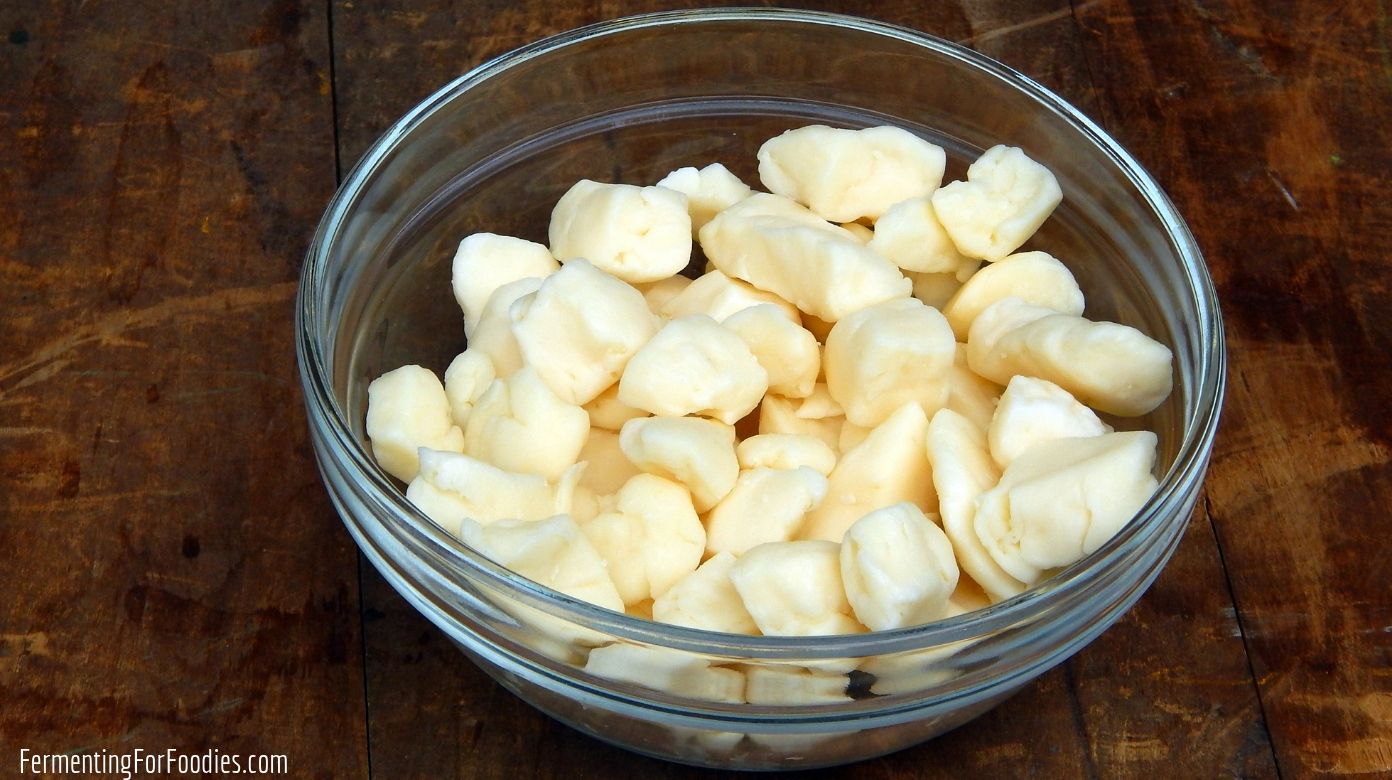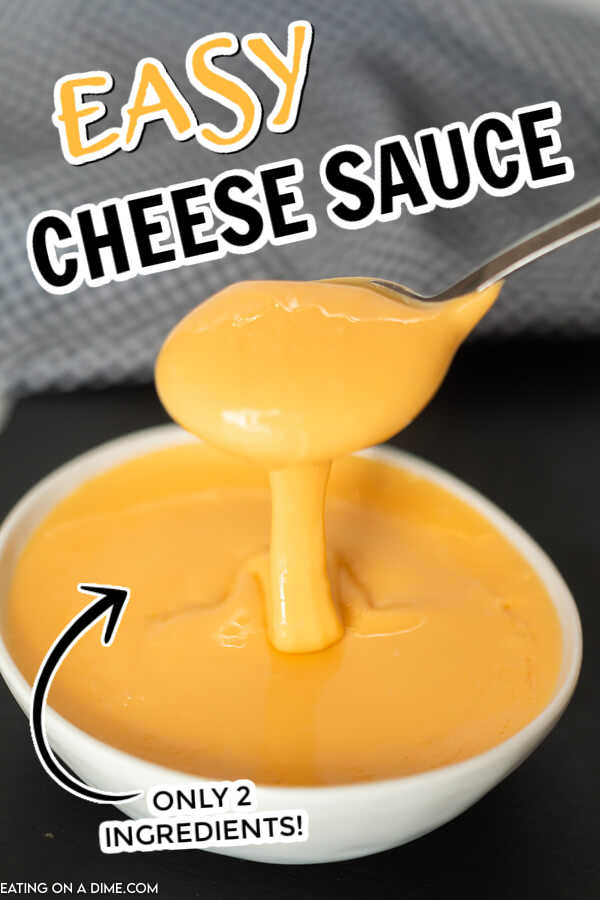
And a homemade pizza with homemade mozzarella is the apex of all-my-own-work kitchen satisfaction. One of the huge rewards for making your own is the enormous pleasure of enjoying it newly rolled, while it's still warm.
#How do i make cheese full#
Making mozzarella, though more tricky than the others, is like some kind of miracle – you take a pan full of milk and transform it into stretchy, silky, milky bliss.

And once you've mastered the curd cheese, you can tuck into it as it is or press it for an hour or so to create a paneer-style cheese. Today's yoghurt cheese is astonishingly easy and a great thing to make with kids. Make sure everything is scrupulously clean, from the utensils you use to the pans, bowls, muslin, jelly bags (scald them in boiling water beforehand) and your hands, which you don't have to boil but you do need to give them a very good scrub. Though it's also worth experimenting with lemon juice instead of rennet – allow the juice of a lemon to a litre of milk as a guideline.Īnd now a bit of housekeeping. You'll also need some citric acid, which you can buy from most chemists, to help acidify the milk and some rennet to separate the curds from the whey – you'll find that in healthfood shops and some supermarkets. They're not very expensive and you can use them for other things, such as deep frying or jam-making, so they're a useful piece of kit. You'll make your life a lot easier if you invest in an instant-read thermometer, too. Laverstoke Park Farm produces organic buffalo milk, which is available in some supermarkets and online. You don't have to use cow's milk or yoghurt for today's recipes, either – try them with goat's milk or even buffalo milk, which, of course, is wonderful in the mozzarella. The homogenisation process means that the fat particles are evenly distributed throughout the milk to create a uniform emulsion, which makes it very difficult to get a proper set – you want milk that has an enticingly thick layer of cream at the top of the bottle. Failing that, it's best to use organic unhomogenised milk. The cheese will have a fuller, richer flavour. If you can – that is, if you're not pregnant or someone with a compromised immune system – try to seek out raw, unpasteurised milk at your local farmers' market. From there, the cheese travels to the cheese plant and the magic begins.The key to great cheese is the quality of the milk. Want to see it in action? We sent a team to Fiscalini Farms in Modesto, California, to learn more about how they make their award-winning cheeses.Īccording to dairy farmer Brian Fiscalini, world-class cheese comes from stellar milk. Once the cheese is shaped, it may be aged for a while before its ready to eat. While the cheese is pressed, more whey comes out, so it eventually becomes the shape and consistency of cheeses we know. This occurs with mozzarella and Swiss cheeses.

This is the case for Cheddar and Colby cheeses. The curd is salted, and then it’s pressed in a form.At this point, the curd is separated from the whey, and it’s time to start making the cheese look more like cheese! Depending on the type of cheese, this can happen one of two ways: Once the curds are cut, they’re stirred and heated to release even more whey. Drier cheeses are often cut more to form smaller curds, so more of the moisture comes out, while curds cut less are larger and are moister. Once it starts to gel, the cheesemakers cut it, which allows the whey to come out.

The amount of rennet and time needed for it to separate into curds can vary from cheese to cheese.

Rennet causes the milk to gel similar to yogurt, before the curds (the solids) separate from the whey (the liquid). After the starter culture, a few other ingredients are added including rennet and, depending on the type of cheese, color - which is why Cheddar is orange. For example, Swiss cheese uses one type of culture, while Brie and Blue use others. Different types of cultures are used to create different types of cheese. This process helps determine the cheese’s flavor and texture. The starter cultures ferment the lactose, milk’s natural sugar, into lactic acid. Pasteurization is necessary because raw milk can harbor dangerous bacteria, and pasteurization kills those bacteria.Īt this point, good bacteria or “starter cultures” are added to the milk. After the milk is standardized, it’s pasteurized. This is important because cheesemakers need to start with the same base milk in order to make a consistent cheese. Once it passes, the milk goes through a filter and is then standardized – that is, they may add in more fat, cream or protein. Once it’s brought to the cheese plant, the cheesemakers check the milk and take samples to make sure it passes quality and purity tests. What is cheese made of? It all starts with collecting milk from dairy farms. From cow to curd, there are many steps along the way to make the cheeses we all know and love.


 0 kommentar(er)
0 kommentar(er)
